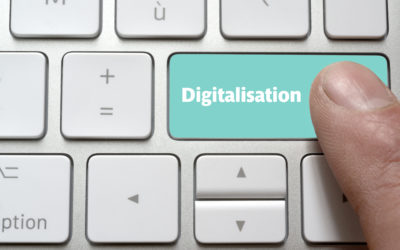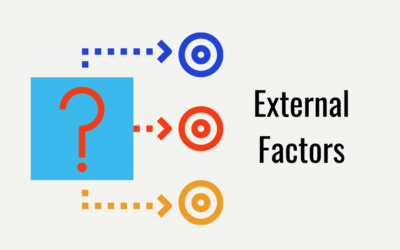Improve Forecast Accuracy
The importance of accurate forecasting is universally understood and accepted. As with many accepted principles delivering them successfully is the challenge – Forecasting accuracy is no different.
Benefits of forecast accuracy
The benefits of accurate forecasting or improving the accuracy of your forecasting can benefit many within the organisation by helping you:
Improve customer satisfaction
Customers have zero tolerance for out of stock or late delivery through stock-outs. Ensuring availability keeps the positive relationship between both parties.
Manage supplier lead times
By providing an accurate forecast of your inventory needs suppliers can work with greater understanding to meet your needs and specific deadlines.
Prevent lost revenue
Out-of-stock scenarios lead to lost sales, not only for that product but for companion items.
Reduce Trapped Revenue
Inaccurate forecasting can lead to excessive purchasing of materials or holding excessive stock that you have produced or purchased. There is a cost associated for storage as well as capital trapped in excess inventory that cannot be sold.
Increase Profits
The more efficient working practices allow for greater profitability through reduced waste/costs.
How do we define forecasting?
Before we can examine why accuracy can be challenging we must define what forecasting is.
We would define forecasting as:
The use of historical and relevant external factors to analyses historical performance in order to predict future demand and operational requirements.
Now that we have a clear definition it is possible to examine the variables that determine success or failure.
Variable for success
The list of variables that will determine the success of your forecasting can be as long and varied as the number of products produced or materials you purchase. However, some of the more common variables to consider are:
- How accurate is your historical data
- The historical demand for different products
- The different supply chains for different products
- Sources of your data
- External factors such as geography or weather
- Different methods used to calculate demand
- Human bias
Each of these variables has a single underpinning idea that determines success or failure – The ability for someone to analyse the relationships between variables correctly and extract the correct information.
The challenge is that humans are notoriously bad at spotting patterns in data. There is even a psychological term of Apophenia to describe the behaviour of seeing non-existent patterns.
Humans are also at the mercy of their own experiences and biases. We normally think of these as being bad but they may be totally valid. For example, if an individual completing a forecast is in a location that is regularly affected by poor weather conditions they are likely to put a greater emphasis on this variable. By comparison, if someone in the same company works in a location where the weather is not an issue they will put less emphasis on this variable.
You could argue that neither of these individuals is incorrect but it will result in errors when the company-wide forecast is reviewed.
Solution
The solution to improved forecasting accuracy is not to limit the number of variables or to ignore the changing importance of these variables between location or product but rather to improve the analysis of data to identify true patterns and their cause.
The methodology that has delivered the best results and most consistent results is the use of artificial intelligence and machine learning. Specifically by leveraging the artificial intelligence principal of Identifying patterns and anomalies
Machine learning is particularly good at identifying patterns and finding anomalies or outliers. The “pattern-matching pattern” is one of the repeating approaches to AI projects that has seen wide and increasing adoption. The goal of the Patterns and Anomalies pattern of AI is to use machine learning and other cognitive approaches to learn patterns in the data and learn higher-order connections between data points to see if it fits an existing pattern or if it is an outlier or anomaly.
Using machine learning in this way means there is no one true way of doing things but rather a constant process of analysis, testing, and refinement is occurring.
As an example, the iERP forecasting module has over 50 different algorithms for calculating the demand. With the ability to use different algorithms for different products and to even change the algorithm month to month based on the variables being passed into the AI.
Results
Here are some of the results we have achieved at iERP through our platform.
99% (it has been every customer but we can’t claim 100%) has seen an improvement in the accuracy of their forecasting simply by adding their historical data into iERP
98% is the average forecast accuracy
8% the percentage increase in profitability
Over £1million in capital released from unnecessary stock.



